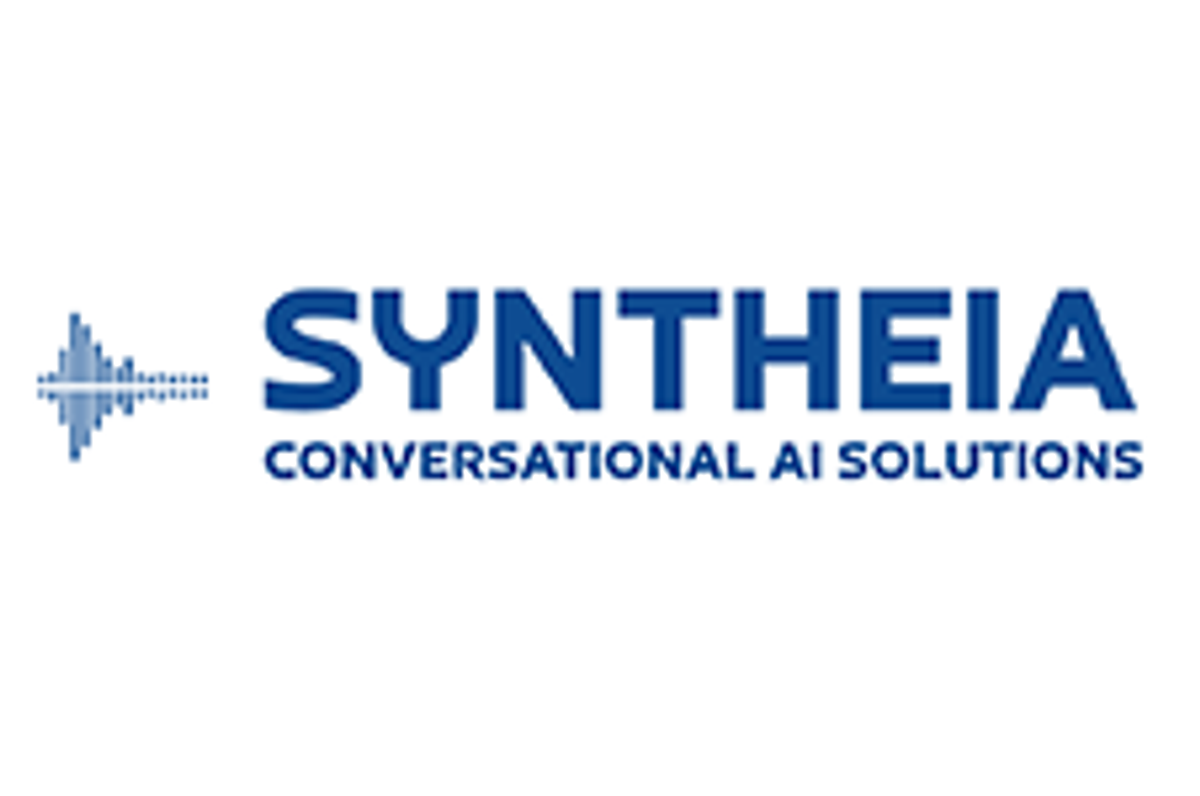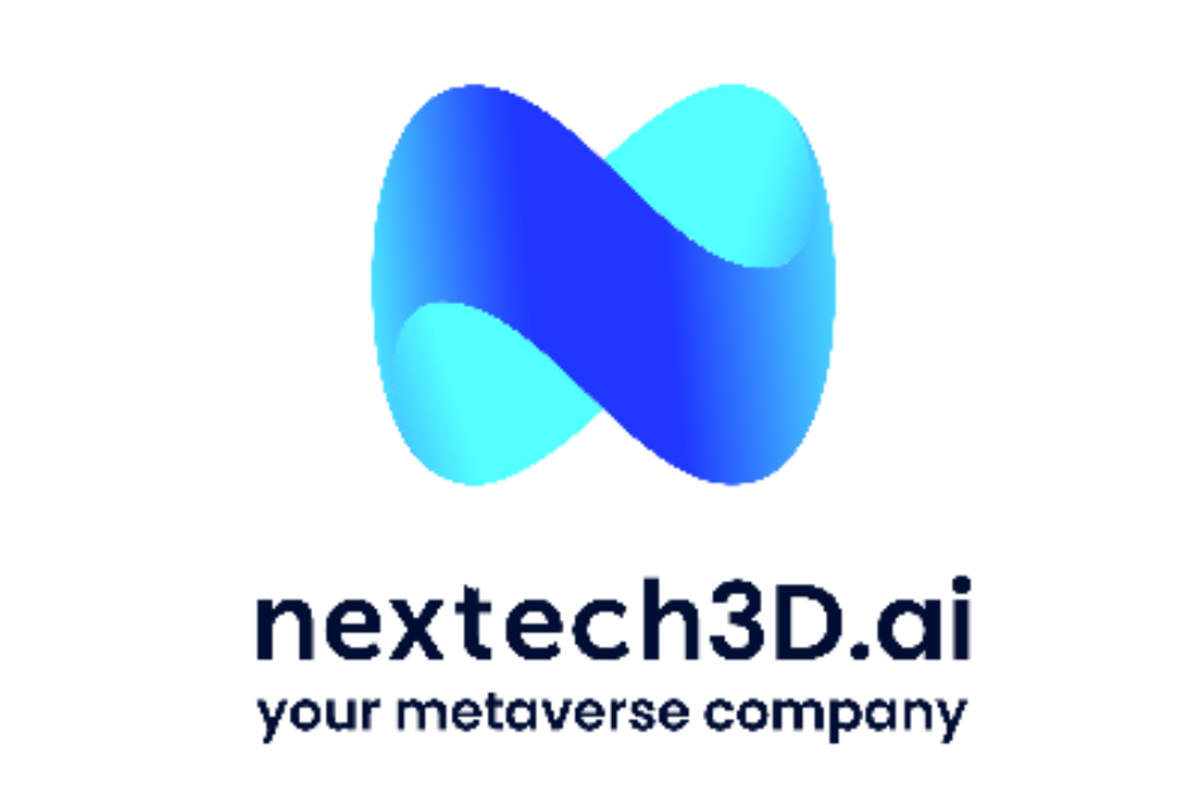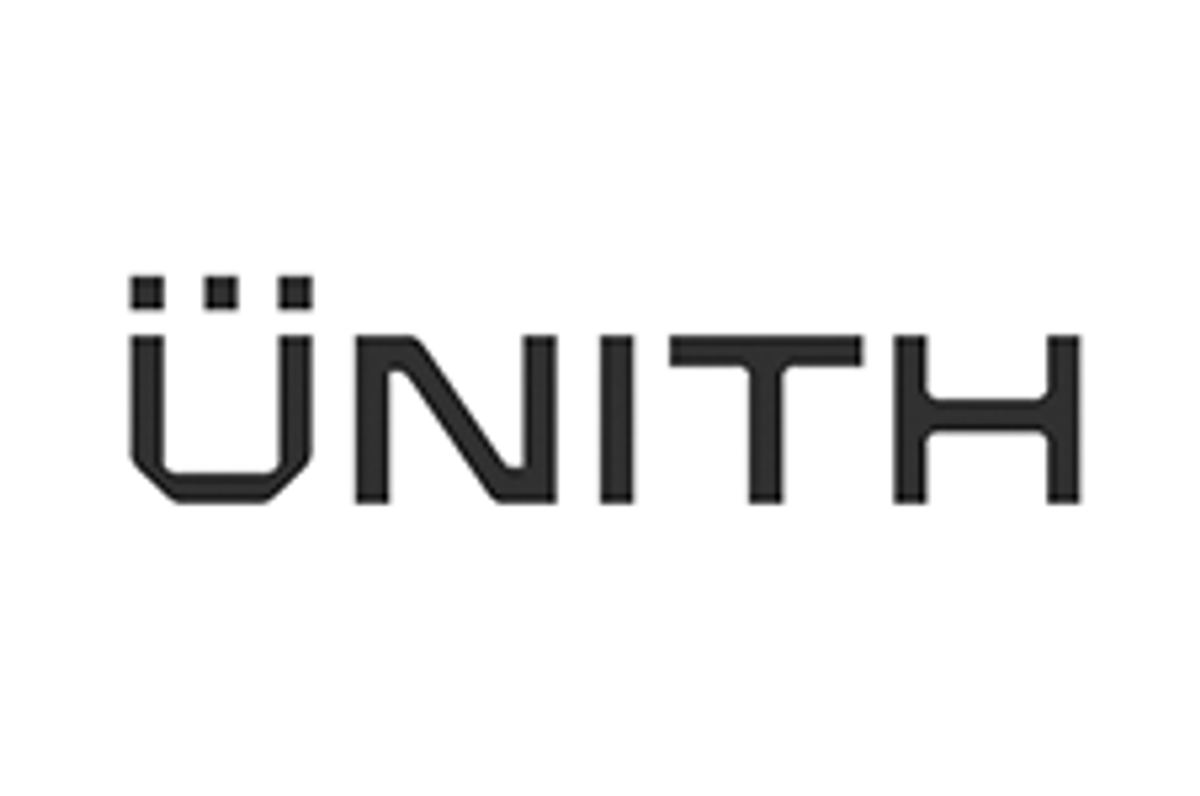
November 15, 2024
In an industry poised to transform customer engagement, Syntheia (CSE:SYAI) is an innovative conversational AI solution addressing the complex needs of modern communication. Designed to emulate human-like conversations, Syntheia’s platform targets both large enterprises and small-to-medium businesses, which often struggle with customer support inefficiencies and high employee turnover in customer-facing roles. Syntheia offers customers an experience closer to natural human interaction focusing on language processing, tonality, sentiment analysis, and conversational behavior.
The rising demand for customer-centric interactions, the need for operational efficiency, and cost reductions that companies can realize by automating and enhancing their customer support processes lead to explosive growth in AI-driven customer service solutions.
 Key Technology
Key TechnologySyntheia’s AssistantNLP platform is designed to handle high volumes of customer queries in multiple languages and across industries, ensuring a scalable, reliable and flexible solution for diverse customer needs. AssistantNLP is also highly accessible, structured around a freemium revenue model that allows businesses to try the service at no cost and then upgrade based on usage and additional features.
Company Highlights
- Syntheia is a conversational AI solution delivering AI-driven, human-like customer service for enterprises and SMBs.
- The AssistantNLP Platform offers 24/7/365 multilingual support, accessible globally.
- Syntheia operates on a freemium revenue model, with scalable plans catering to varied business sizes and needs.
- The conversational AI market is expected to reach $32.62 billion by 2030, with Syntheia well-positioned to capitalize on this growth.
- Syntheia’s algorithms have achieved an 84 percent success rate in data collection and 98 percent in outreach programs, highlighting exceptional efficiency.
- Financially stable, Syntheia has $2 million in cash, no debt and trades on the Canadian Securities Exchange.
This Syntheia profile is part of a paid investor education campaign.*
Click here to connect with Syntheia (CSE:SYAI) to receive an Investor Presentation
SYAI:CC

Sign up to get your FREE
Syntheia Investor Kit
and hear about exciting investment opportunities.
- Corporate info
- Insights
- Growth strategies
- Upcoming projects
GET YOUR FREE INVESTOR KIT
The Conversation (0)
03 July 2025
Syntheia
Game-changing conversational AI solutions for the enterprise and SMB markets
Game-changing conversational AI solutions for the enterprise and SMB markets Keep Reading...
26 November 2025
Syntheia Announces Closing of Shares for Debt Transaction
Syntheia Corp. (CSE: SYAI,OTC:SYAIF) ("Syntheia" or the "Company") (Syntheia.ai) is pleased to announce that it has settled an aggregate of $590,768.28 of indebtedness to certain creditors of the Company through the issuance of 4,923,069 common shares in the capital of the Company (the "Common... Keep Reading...
14 November 2025
Syntheia Announces Shares for Debt Transaction
Syntheia Corp. (CSE: SYAI) ("Syntheia" or the "Company") (Syntheia.ai) is pleased to announce that it intends to settle an aggregate of $590,768.28 of indebtedness to certain creditors of the Company through the issuance of 4,923,069 common shares in the capital of the Company (the "Common... Keep Reading...
17 October 2025
CSE Bulletin: MOC Eligibility Update
The following CSE-Listed symbol will become MOC Eligible as detailed below. Symbol Company Name Effective Date AIML AI/ML Innovations Inc. Wednesday October 22, 2025 ARGO Argo Graphene Solutions Corp. CUPR Super Copper Corp. DATT Digital Asset Technologies Inc. GXP Greenridge Exploration Inc.... Keep Reading...
06 October 2025
Syntheia Announces Closing of the Final Tranche of Private Placement
Syntheia Corp. (CSE: SYAI) (Syntheia.ai) (the "Company") is pleased to announce that further to its press releases dated July 23, 2025, September 2, 2025, and September 12, 2025, the Company has closed the final tranche of its non-brokered private placement financing for gross proceeds of... Keep Reading...
01 October 2025
Syntheia Closes Call Center Guys Acquisition
Syntheia Corp. (CSE: SYAI) ("Syntheia" or the "Company") (Syntheia.ai), is pleased to announce that, further to its press release of September 25, 2025, it has completed the previously announced acquisition (the "Transaction") of certain assets of Call Centre Guys Inc. ("CCG"). As consideration... Keep Reading...
3h
Nextech3D.ai Closes Krafty Labs Acquisition Expanding into a Comprehensive End-to-End AI-Powered Live Events and Experiential Engagement Platform
The Krafty Labs acquisition brings with it a diversified list of blue-chip enterprise customers TORONTO, ON AND NEW YORK, NY / ACCESS Newswire / January 5, 2026 / Nextech3D.ai (CSE:NTAR,OTC:NEXCF)(OTCQB:NEXCF)(FSE:1SS), an AI-first technology company specializing in AI-powered live event... Keep Reading...
28 December 2025
Unith Strengthens Funding Position
Unith (UNT:AU) has announced Unith Strengthens Funding PositionDownload the PDF here. Keep Reading...
24 December 2025
CORRECTION: Nextech3D.ai Provides Shareholder Update on Krafty Labs Acquisition and Announces $321,917 CEO Investment
Correction: The conversion price was incorrectly reported as .14/share. The correct price is .165/shareCorrection: Nextech3D.ai Provides Shareholder Update on Krafty Labs Acquisition and Announces $321,917 CEO InvestmentCorrection: The conversion price was incorrectly reported as .14/share. The... Keep Reading...
23 December 2025
AI Market Forecast: Top Trends for AI in 2026
Artificial intelligence (AI) has cemented its role as a key sector for investors, but its path forward is shifting.Several catalysts, including sustained AI infrastructure spending and US Federal Reserve interest rate cuts, are poised to drive tech sector growth in 2026; however, massive capital... Keep Reading...
23 December 2025
Nextech3D.ai Provides Shareholder Update on Krafty Labs Acquisition and Announces New CEO Investment
CEO Investment Is a continuing sign of commitment and alignment with shareholders as he already is the largest shareholder and owns 32mill shares TORONTO, ON / ACCESS Newswire / December 23, 2025 / Nextech3D.ai (CSE:NTAR,OTC:NEXCF)(OTCQX:NEXCF)(FSE:1SS), an AI-first event technology and digital... Keep Reading...
19 December 2025
Tech Weekly: Micron Rises on Latest Results, Trump Media Jumps on TAE Merger
Welcome to the Investing News Network's weekly brief on tech news and tech stocks driving the markets. We also break down next week's catalysts to watch to help you prepare for the week ahead.Don't forget to follow us @INN_Technology for real-time news updates!Securities Disclosure: I, Meagen... Keep Reading...
Latest News

Sign up to get your FREE
Syntheia Investor Kit
and hear about exciting investment opportunities.
- Corporate info
- Insights
- Growth strategies
- Upcoming projects
GET YOUR FREE INVESTOR KIT
Interactive Chart
Latest Press Releases
Related News
TOP STOCKS
American Battery4.030.24
Aion Therapeutic0.10-0.01
Cybin Corp2.140.00




